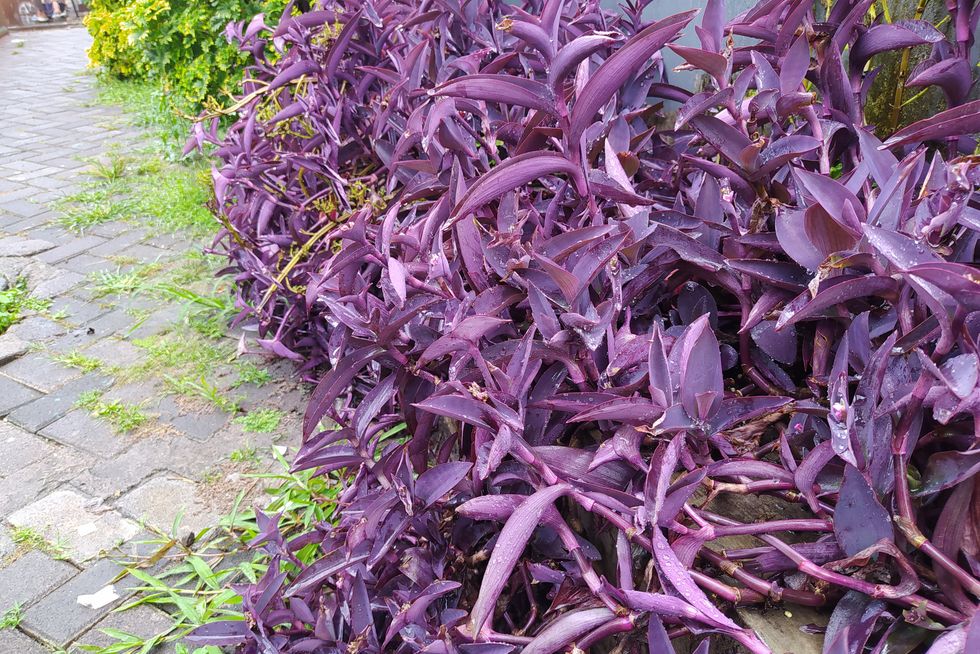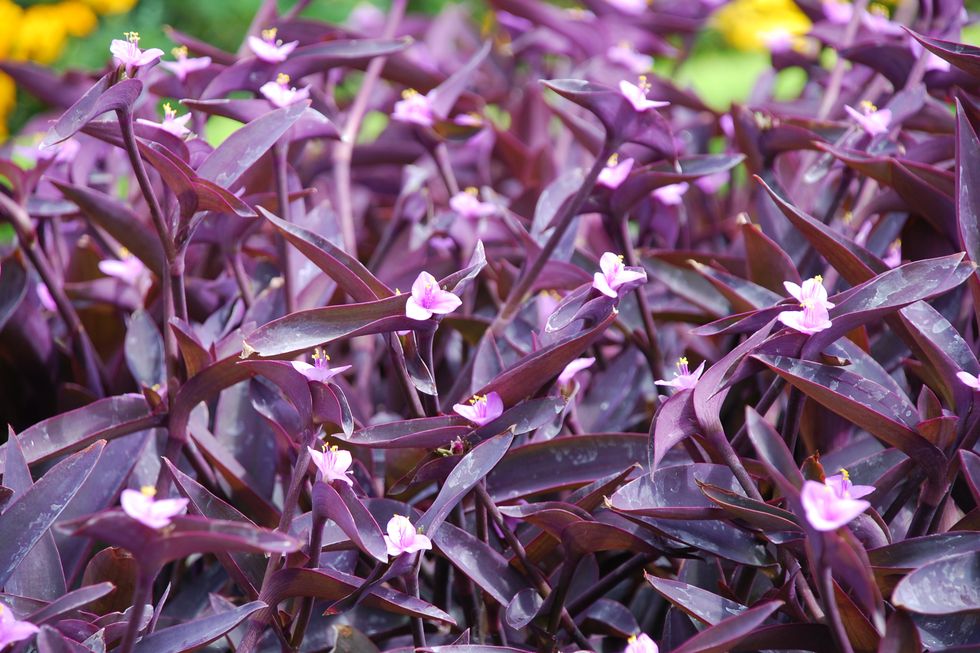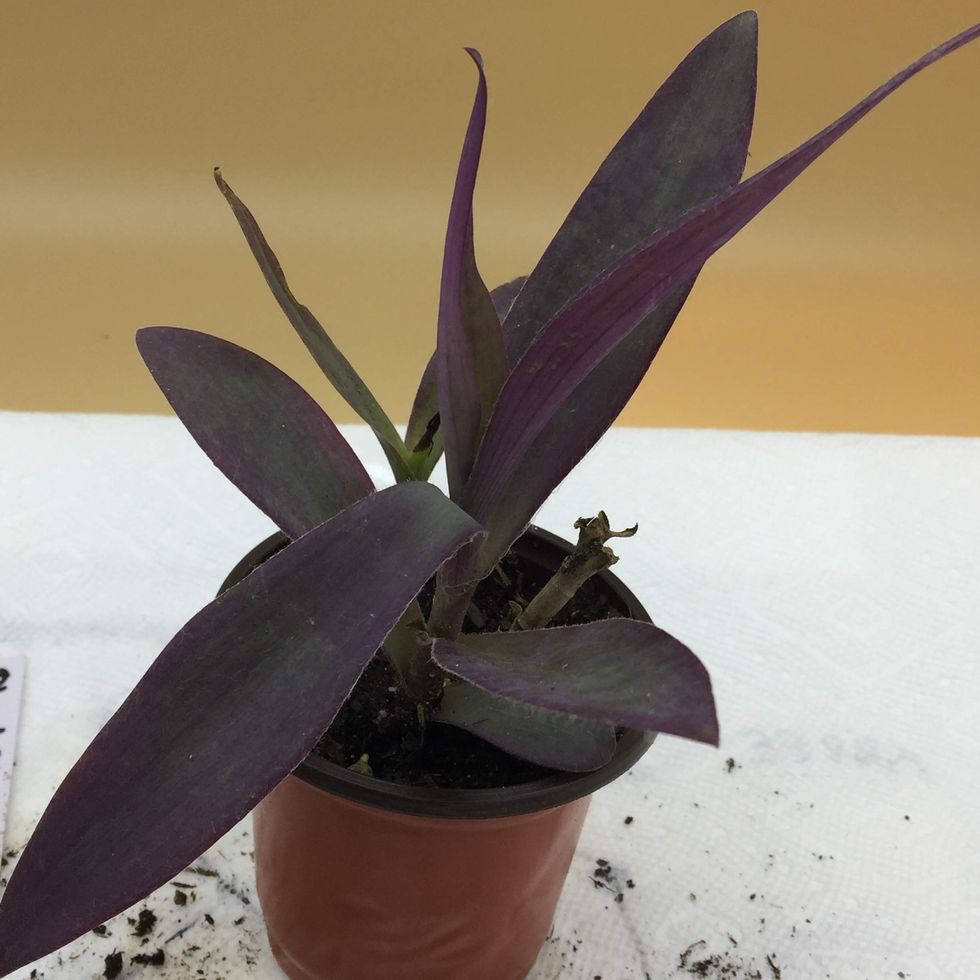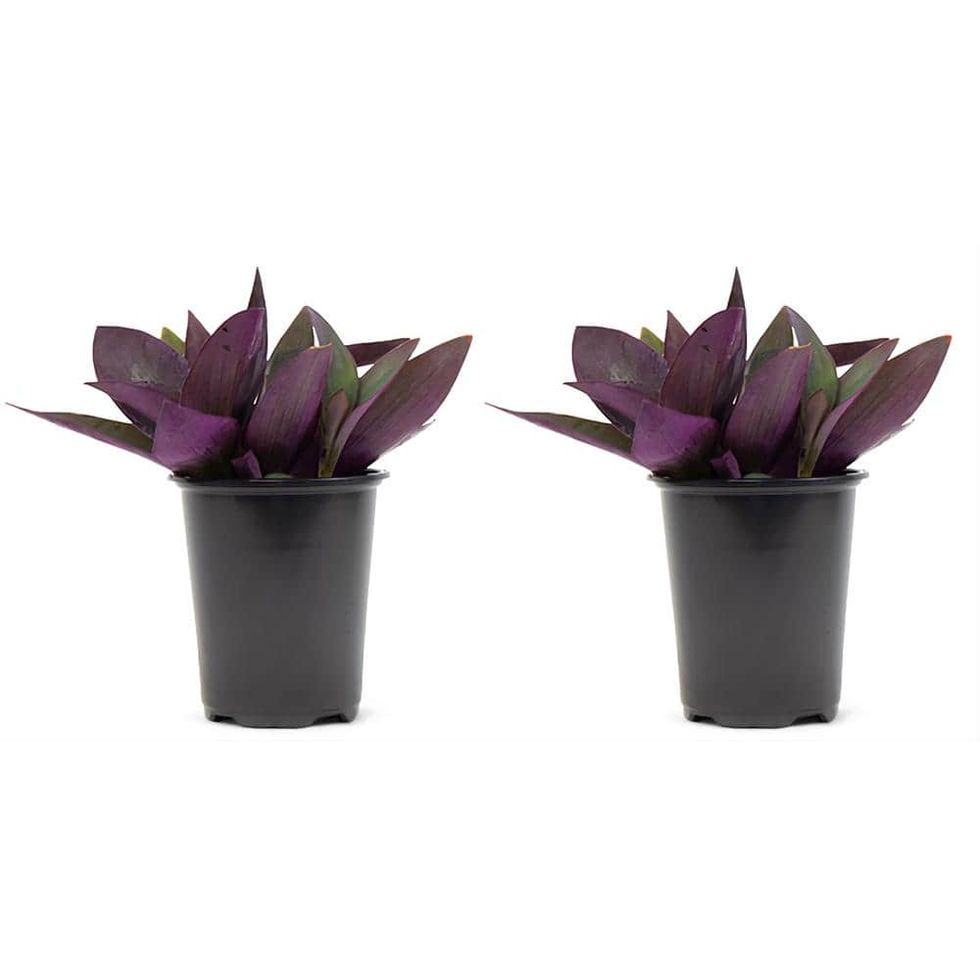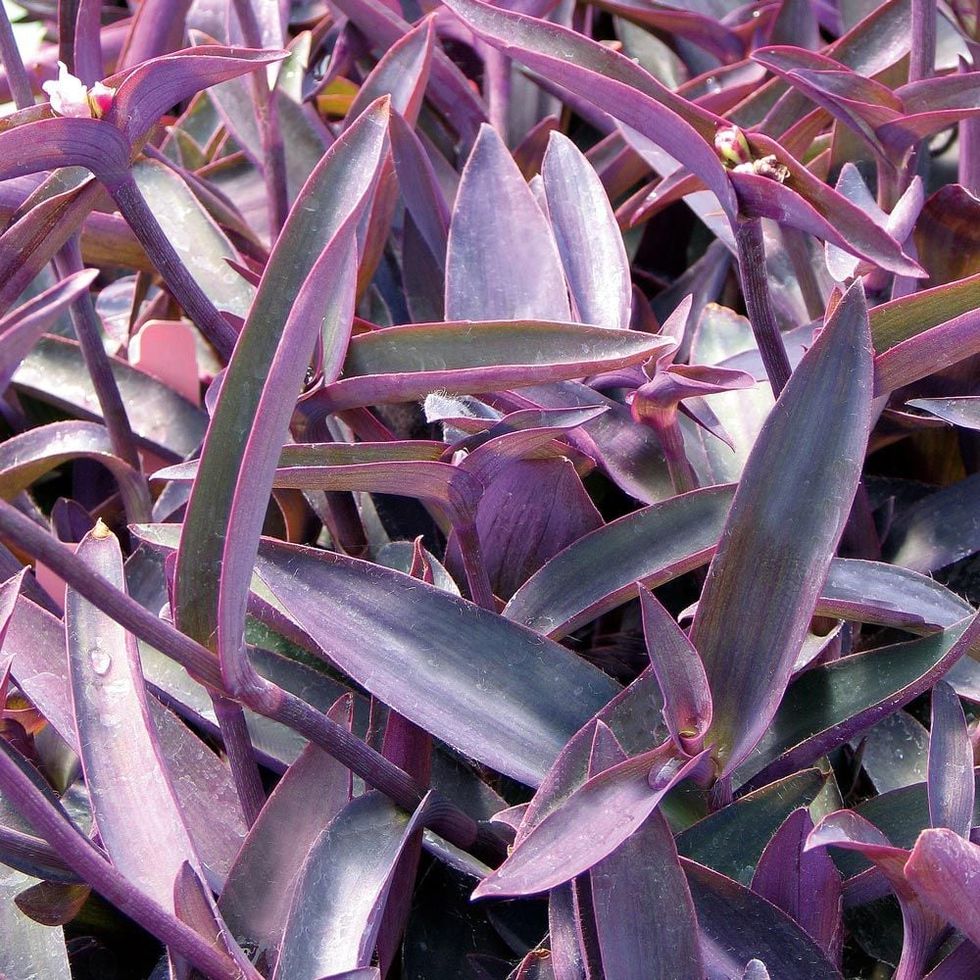The purple coronary heart plant is a cheery, easy-to-grow plant that provides a splash of vibrant shade, each indoors or in your garden.
Its unbelievable darkish purple leaves and vining kind make it an attention grabbing addition to any houseplant collection or panorama planting. Tiny pink flowers seem from summer time to fall.
Native to Mexico, purple coronary heart is usually grown as a houseplant, although it’s perennial in USDA Hardiness zones 9 to 11. (Find your zone here.) Outdoor, it makes a fairly darkish floor cowl that works nicely in rock gardens or as an edging plant. (Listed below are another great garden edging ideas.)
It’s additionally beautiful spilling over the perimeters of containers.
Associated to different kinds of Tradescantia, resembling wandering dude, purple coronary heart’s shiny coloring affords fascinating distinction to different inexperienced houseplants. It’s additionally extra low-maintenance for than among the different colourful crops which can be trending now, resembling pink princess philodendron.
With its lengthy dangling stems, purple coronary heart is super-easy to propagate, so it’s a preferred pass-along plant. You’ll be able to even make loads of cuttings out of your houseplant to create a mainly infinite provide of this plant to make use of in out of doors plantings, come spring!
Learn extra: 15 Common Houseplants to Grow and Brighten Up Your Home
Forward, be taught all the things you might want to learn about find out how to develop and take care of purple coronary heart plant:
Why Belief Us?
I am a backyard author with greater than 15 years of expertise rising houseplants, edibles, and panorama plantings. I additionally commonly trial new plant cultivars for efficiency and reliability, and take a look at backyard merchandise to guage practicality and sturdiness.
Purple Coronary heart Plant Fundamental Information:
Widespread Identify: Purple coronary heart plant, purple spiderwort
Botanical Identify: Tradescantia pallida (previously Setcreasea pallida)
Plant Household: Commelinaceae
Sort of Plant: Perennial, houseplant
Native Origin: Mexico
Solar Publicity: Full solar to half shade
Mature Dimension: 1 foot tall and huge
Poisonous to pets: Sure
Easy methods to Plant Purple Coronary heart Plant
Plant purple coronary heart plant outside in full solar (greater than 6 hours per day) and well-draining soil. It could tolerate some shade however tends to lose its purple shade, turning greenish, if it receives an excessive amount of shade.
In chilly climates, it is planted and loved as an annual.
In hotter climates, it’s a fast-spreading perennial floor cowl that additionally seems to be fabulous cascading out of hanging pots, window bins, and combined containers. It may be particularly hanging when paired with crops which can be inexperienced or have a extra upright kind, resembling canna, elephant ears, or different tall tropicals.
In chilly climates, purple coronary heart will be grown as a houseplant in any general-purpose potting soil. Be certain it has a pot with a drainage gap, and provides it a brightly-lit spot in direct solar. Or use a develop mild. (Need a grow light? These are our favorites.) It tends to get leggy if it isn’t getting sufficient mild, so trim it off if it will get scraggly to stimulate bushier development.
Easy methods to Look after Purple Coronary heart Plant
Water purple coronary heart plant when the highest inch of soil feels dry to the contact. Go simple! In the event you let it get too moist, the stems will get mushy and decay.
Outdoor, it’s drought tolerant as soon as established, although you’ll be able to water throughout dry spells to maintain it pleased.
Feed this plant with any basic goal fertilizer, in case you like, although it’s not totally needed. (Here’s how to understand fertilizer numbers and letters.)
Easy methods to Propagate Purple Coronary heart Plant
Like pothos and its relative wandering dude plant, purple coronary heart plant is super-easy to propagate. As a result of the purple sap could trigger pores and skin irritation in some individuals, put on a good pair of gardening gloves when dealing with.
Take a chopping a number of inches lengthy, strip off the underside leaves, and place it in a glass of water to root.
Hold the pot in a shiny spot in your house (though not direct daylight), and look ahead to roots to develop in about two weeks. Then plant in common potting soil.
Why Did My Purple Coronary heart Plant Flip Inexperienced?
A inexperienced purple coronary heart plant should still be wholesome; it’s simply not getting enough direct daylight to maintain its purple shade.
Merely transfer the plant progressively into full solar. Begin with a half hour or so of direct solar and work as much as an hour or two, progressively rising the time over the course of every week or two. Don’t attempt to rush it, otherwise you’ll threat frying the plant’s leaves.
Indoors, you’ll most likely have to put money into a develop mild if you wish to obtain that superb purple shade. The depth and length of sunshine on a window sill often isn’t enough for holding its lustrous purple sheen.
Is Purple Coronary heart Plant Poisonous to Pets?
In line with the ASPCA, this plant is poisonous to pets and will trigger dermatitis, or irritation of the mouth or pores and skin. Any plant additionally could trigger vomiting or GI misery if eaten in giant sufficient portions, so maintain this plant away from pets who prefer to nibble.
Lastly, name your vet ASAP in case you suspect your pet has eaten any, even in case you aren’t certain. It’s at all times higher to be secure than sorry.
Learn extra: 28 Pet- Friendly Houseplants You Can Grow Without Worry
Arricca Elin SanSone has written about well being and life-style subjects for Prevention, Nation Residing, Lady’s Day, and extra. She’s captivated with gardening, baking, studying, and spending time with the individuals and canines she loves.




